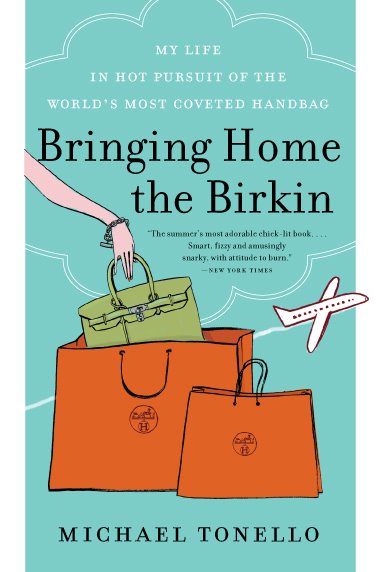The world
of fashion may appear to some as a fluffy, vacuous domain populated by
models and fashionistas draped in the latest bizarre creations, but it
is a valuable sector – demonstrated this week by the £2.3billion
mega-merger of luxury fashion websites Net-a-Porter and Italian giant
Yoox.
Combined
sales of the two websites is almost £1billion, and the desire to
purchase the latest 1970s-inspired designer fringe handbag or bohemian
floral cape has fuelled these businesses’ growth.
Dedicated
followers of fashion who often spend the average monthly salary on
Net-a-Porter items justify their extravagance by calling it an
‘investment’ piece – as do fashion addicts, though they sometimes
comfort themselves with the thought that what they are buying is a
‘classic’.
But rather than buying a handbag should a savvy shopper instead invest in the retailers themselves?
Shares
in the major luxury brands have soared over the past half decade, and
even British upstart Mulberry, whose shares crashed in 2012, is still a
top performer if you take a five-year view. Even with Italian brand
Prada lacklustre this month – because of the crackdown on lavish
spending in China – investors have not been put off the sector.
Rahul
Sharma, consumer analyst at Neev Capital, said: ‘In the past five years
luxury stocks have done very well. Some are up 15 per cent year on year.
Many have tripled in value, though the average handbag has not lasted
as well.’
But
with clothing re-sale websites springing up around the world, which are
doing a roaring trade, is it really better to buy shares in a fashion
retailer or its latest ‘it’ bag?
Looking
at the returns on some items on websites including Tags On, Vestiaire
Collective, Asos-owned Covetique and flash sales website Secretsales.com
reveals that well-kept items such as handbags can sometimes be sold for
near the purchase price. Some will use the product for a few months
before selling it again.
But there are no guaranteed returns from a luxury resale website – it depends on the brand and the product.
Nicola
McClafferty, chief executive and co-founder of Covetique, says French
brand Hermès has the ‘most key investment pieces’. Some sell at auction
for thousands and a Hermès Himalayan Nilo Crocodile Birkin bag with 18c
white-gold accessories sold for $185,000 (£125,000) last month. She
adds: ‘High resell values in Hermès is driven not just by the highly
coveted nature of the brand but also by the fact it is one of the few
brands that consistently raises prices annually.’
Requiring
a little less outlay could be a bag from Mulberry. The British brand
tried to reinvent itself in 2012 and hired Bruno Guillon from Hermès.
But after multiple profit warnings, Guillon left last year. Last month
it appointed foreign fashion veteran Thierry Andretta as chief executive
and hired a new creative director – former Céline accessories design
director Johnny Coca – who starts this summer.
Sharma
says: ‘I am not overly keen on Mulberry shares but they are doing the
right thing now.’ He adds that Hermès is an exception, saying: ‘Many
companies have introduced so many different styles that very few of the
older items – except perhaps Hermès – have held their value. As
investments they don’t compare with investing in actual shares.’
Looking
at the stats, Sharma is right. The return on a Burberry trench coat or
Louis Vuitton handbag is paltry compared with the rise in share price:
LVMH shares have more than doubled and Burberry nearly trebled since the
start of 2010. If, five years ago, you’d spent the price of a Louis
Vuitton Alma bag on shares, you’d now be able to buy the handbag with
the profit.
Shoes
might not represent such a good return. Jimmy Choo listed in October at
140p a share: its shoes resell for about 45 per cent but shares are up
more than 20 per cent.
But
have luxury stocks peaked? Sharma thinks not: ‘The sector is still in
good shape and I believe it is still a good investment.’
Laura
Levy, luxury research analyst at Barclays, adds: ‘We see luxury as an
attractive sector to invest in driven by the emerging market consumer.’
For
the shopper who is both fashion conscious and investment savvy, the
solution might be to buy shares and shop – Mulberry offers a 20pc
discount on up to £5,000 of purchases to investors who have a minimum of
250 shares. So, splash out just north of £2,000 on shares and you can
snap up a £995 Bayswater, a £1,200 Cara Delevingne rucksack, a £595
Tessie tote and a £1,600 Willow Tote each year – funds permitting – and
save almost £1,000.
http://www.dailymail.co.uk/money/markets/article-3022107/Bag-portfolio-better-buy-classic-fashion-item-shares-retailer.html?


No comments:
Post a Comment